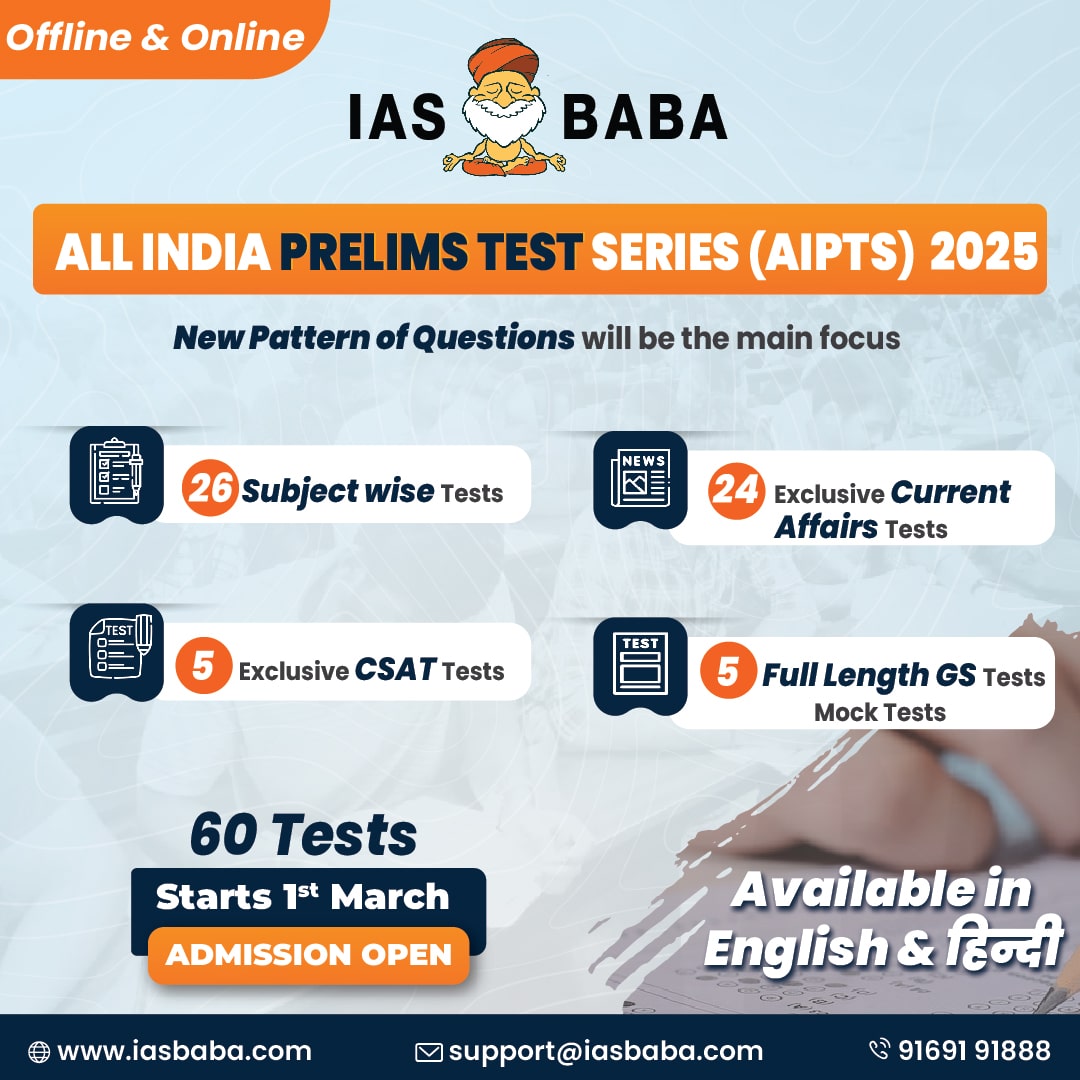IASbaba's Think and Learn-Mains 2015, Think and Learn, Think and Learn-2015, UPSC, UPSC Mains- Think and Learn-2015
Archives-Think and Learn-Mains 2015
Synopsis and Review – Think and Learn [Day 7]
1) Compare and contrast the Indo-Islamic architecture with that of temple architecture in India. (200 Words, 10 Marks)
This is a fairly simple question, with some standard points where one compaers the two distinct types of architecture. And do give some examples of both styles, and a mix of both styles too. Each about 100 words would be more than enough.
The Top/Model answer for this question is by Subash Tadala-
Ans) India is as diverse as the one which contain many architectural features, in which Indo-Islamic and traditional temple architecture triumphs. Though contrasted so much, the similar features
are:
a) Royal Patronage
b) Existence of Interior Ornamental decorations
c) Presence of Open courtyards
d) Different styles in their architecture.
The contrasting features between the both are:
a) Activity : Though temples mainly used for worshipping, there also involved cultural and literary works like Sangam literature evolution. In contrast, Islam architecture a part from mosques constructed tombs, gardens, Sarais where no cultural & literary activities took place, but people used to mingle.
b) Main features: Temples are dominated by gopurams, shikaras, vimanas whereas Islam architecture can be seen with domes, arches, minars.
c) Ornamental Features : Temples are adorned with sculptures and some mural writings, but sculptures didn’t find place in Islam architecture which would have verses from quaran and some geometric
features.
d) Building Material: Sandstone, Marbles & destruction of used structures were employed for Indo-Islamic architecture where as Rock cut and stone boulders were used for Temple architecture.
Kailasha Ellora, Shore Mahabalipuram, Brihadeswara Thanjavur, Vishwanath Temple Kajhuraho in temples and TajMahal, Qutub Minar, GolGumbaz of Bijapur, Juma masjid, Humayun Tomb in Islam buildings Show above contrasting features.
2) “The National Human Rights Commission is nothing more than a symposium of retired judges and bureaucrats who are unable to be as effective as they would like to be.” Comment. (200 Words, 10 Marks)
Concentrate on the directive here. Even though the statement given i negative, the directive is not “critically comment”, but “comment”. So, you need to agree with the statement giving suitable examples and explanations on how NHRC is not very effective. But, maybe give one or two suggestions/measures on how to make it more effective, but a general agreement on the statement is necessary.
The Top/Model answer for this question is by Nishant-
Ans) Envisaged as a guardian of Human Right, NHRC has been a mixed bag in 22 years of its existence. It largely owes it to its inherent shortcomings namely:
*Structural Limitations*:
1. Recommendatory powers only: NHRC doesn’t have the power to punish or award compensation and its recommendations are not binding on the government. For instance, NHRC recommendation of a CBI Inquiry in the recent Red Sanders Encounter was outrightly rejected.
2. Composition Criteria: No requirement for a “proven record” of Human Rights Activism for the members.
*Operational Limitations*:
1. Time Limit: NHRC cannot inquire into a complaint made more than an year after the incident
2. Armed Forces kept out: Severe allegations under the AFSPA cannot be inquired upon
NHRC routinely suffers from lack of funding, under-staffing and bureaucratic red tape. Despite such systemic constraints, the body has achieved success in cases such as the strengthening of Child Labor
Prohibition Act and Harassment of Women at Workplace Act 2013.
If HRC are to truly protect and promote human rights in India, changes must be made to enable them to become more effective institutions.
Some suggestions:
1. Mechanism to make recommendations binding
2. Non-judicial membership not to be filled up by ex-bureaucrats
3. Separate agency with more powers to investigate into police related cases such as the Independent Police Complaints Commission in the UK.
3) Critically discuss the effects of deforestation on Indian economy. (200 Words, 10 Marks)
Concentrate on the directive again here. It is “critically discuss”. And it is about finding positives of deforestation on the “economy” and not the “environment”, so it is fairly easy to get these points. 100 words for each pros and cons should be do.
The Top/Model answer for this question is by Noone. Everyone has been on a spree in opposing deforestation that noone has written the positive effects of it.
So, this is why IASBaba has decided to give a model answer for this question.The first half is taken from the user Coutinho.
Ans) Forests play a significant role in Indian economy as a large number of population especially tribal population derive their livelihood from the forests only.
Deforestation is taking place on large scale due to people still practicing slash and burn agriculture, clearing forest land for housing and industrial projects.
It has a adverse effect on Indian economy in many ways-
1. It is disturbing the ecology and habitat of a region thus disturbing the wildlife and discouraging tourism.
2. It is augmenting the effect of soil erosion,landslides and floods which adversely affect agriculture and destroying the infrastructure which in turn push that area into backwardness.
3. It deprives the tribal people of their livelihood and making them poverty struck which is leading to a situation of crisis.
But, deforestation through anthropological activities has its own benefits –
1. It gives us of many forest products like timber,fruits,medicinal plants.
2. Availability of timber will boost furniture, construction and paper and pulp industries.
3. Increase in usable land, which can be used to various purposes like agriculture, development purposes, setting up cities, industries etc.














